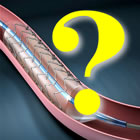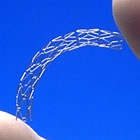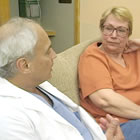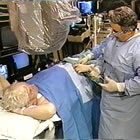 I read yesterday morning that I was now a party to “The Great Coronary Angioplasty Debate.” (Note to self: don’t look at Twitter before Sunday brunch.)
I read yesterday morning that I was now a party to “The Great Coronary Angioplasty Debate.” (Note to self: don’t look at Twitter before Sunday brunch.)
This all started a week ago, when Dr. Nortin Hadler posted an op-ed piece on The Health Care Blog, titled “The End of the Era of Coronary Angioplasty.” He opined that angioplasty was unnecessary in the setting of a major heart attack (a.k.a. STEMI) and might even worsen outcomes. His title and thesis was so over-the-top (intentionally so, I’m sure) that I felt obliged to pen a response to his very anti-stent article. Continue reading

 Yesterday’s edition of USA Today carried an article by Peter Eisler titled, “
Yesterday’s edition of USA Today carried an article by Peter Eisler titled, “ Check out the first post of 2013 on our new blog. “The Activated Patient.” It’s titled “
Check out the first post of 2013 on our new blog. “The Activated Patient.” It’s titled “ The
The 
 Partnering with informed patients is a central tenant of the newly released joint
Partnering with informed patients is a central tenant of the newly released joint 


